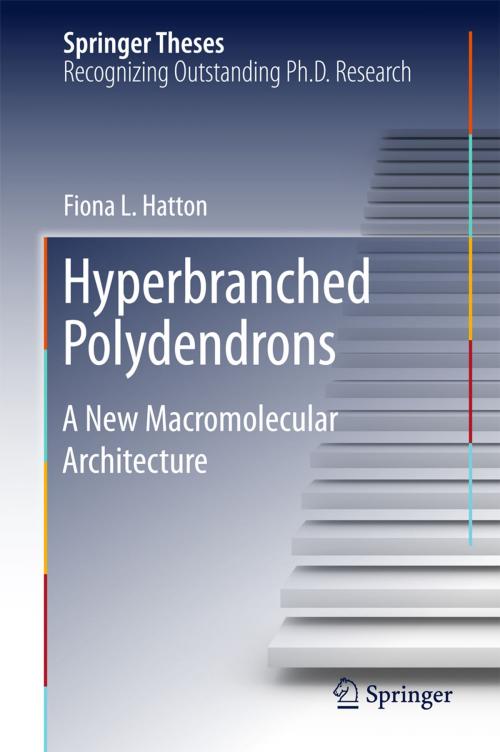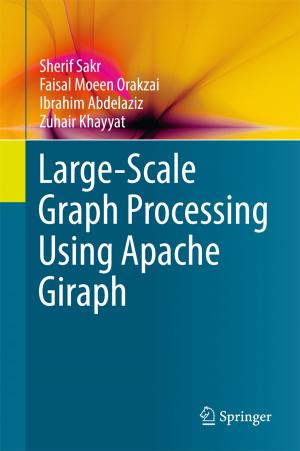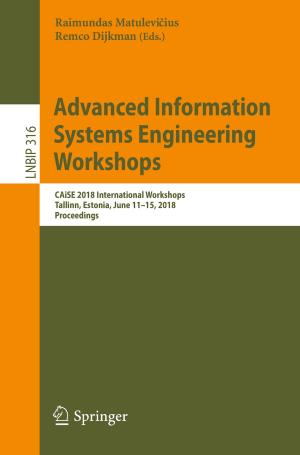Hyperbranched Polydendrons
A New Macromolecular Architecture
Nonfiction, Science & Nature, Science, Chemistry, Clinical, Technology, Textiles & Polymers| Author: | Fiona L. Hatton | ISBN: | 9783319187532 |
| Publisher: | Springer International Publishing | Publication: | May 18, 2015 |
| Imprint: | Springer | Language: | English |
| Author: | Fiona L. Hatton |
| ISBN: | 9783319187532 |
| Publisher: | Springer International Publishing |
| Publication: | May 18, 2015 |
| Imprint: | Springer |
| Language: | English |
This thesis outlines the first synthesis of a new complex branched polymer architecture that aims to combine the benefits of dendrimers with the simplicity of conventional polymerisation. There is no other available literature on these remarkable materials, dubbed hyperbranched polydendrons, due to their novelty. The new materials were shown to have very high molecular weights (>1,000,000 g/mol), exceptional self-assembly and encapsulation behaviour and unparalleled functionalisation capabilities, and were studied pharmacologically to determine their potential as oral nanomedicine candidates. The detailed investigation of the chemical variables involved in synthesising hyperbranched polydendrons has shown that their self-assembly and pharmacological behaviour can be turned on and off and fine-tuned by altering the composition of the materials. The permeation of the self-assembled particles through model gut epithelium suggests the potential for oral dosing of drug loaded nanomedicines that result in circulating nanoparticles – a research goal that is currently being pursued by several groups around the globe.
This thesis outlines the first synthesis of a new complex branched polymer architecture that aims to combine the benefits of dendrimers with the simplicity of conventional polymerisation. There is no other available literature on these remarkable materials, dubbed hyperbranched polydendrons, due to their novelty. The new materials were shown to have very high molecular weights (>1,000,000 g/mol), exceptional self-assembly and encapsulation behaviour and unparalleled functionalisation capabilities, and were studied pharmacologically to determine their potential as oral nanomedicine candidates. The detailed investigation of the chemical variables involved in synthesising hyperbranched polydendrons has shown that their self-assembly and pharmacological behaviour can be turned on and off and fine-tuned by altering the composition of the materials. The permeation of the self-assembled particles through model gut epithelium suggests the potential for oral dosing of drug loaded nanomedicines that result in circulating nanoparticles – a research goal that is currently being pursued by several groups around the globe.















